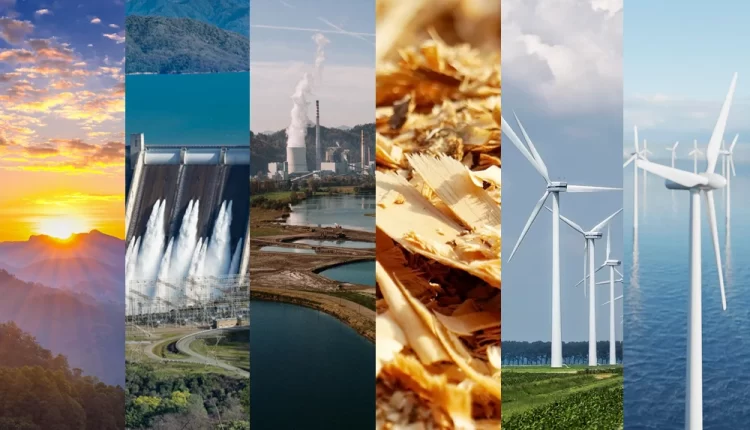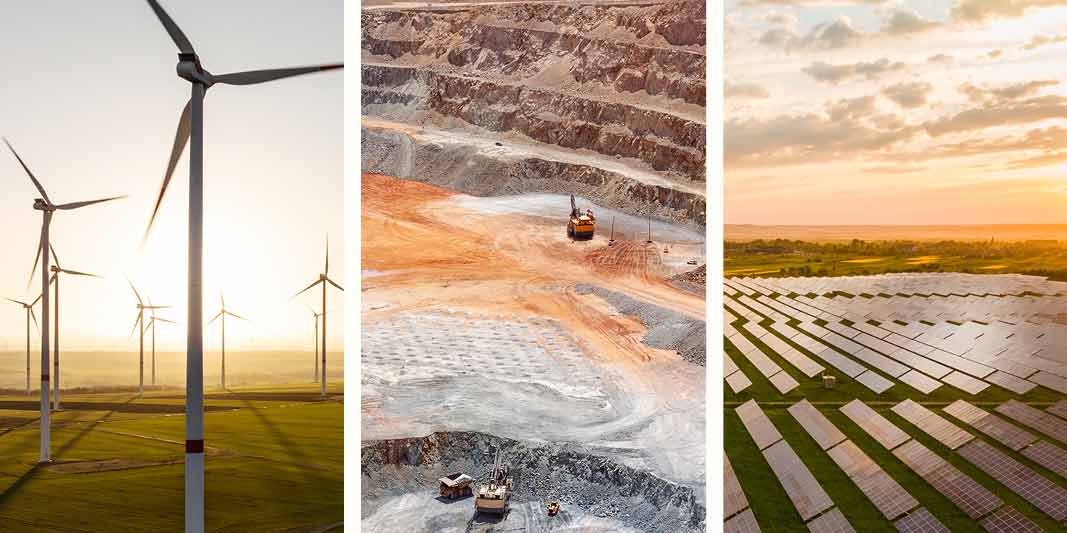Exploring the Future with Renewable Energy Sources
A Global Forum on Innovative Solutions and Strategies in Renewable Energy and Sustainability
Why Are Renewable Energy Sources Essential?
Renewable energy sources are vital because they offer a sustainable alternative to fossil fuels, which emit high levels of greenhouse gases contributing to global warming. The finite nature of fossil fuels also raises concerns about long-term energy security and rising costs. By investing in renewable energy, countries reduce dependency on imported fuels, create job opportunities, and promote technological innovation. Moreover, the transition to renewables has direct benefits on public health, as cleaner energy reduces air and water pollution, leading to healthier communities.
Key Types of Renewable Energy Sources
- Solar Energy
Solar power harnesses energy from the sun using photovoltaic cells or solar thermal collectors. With rapid advancements in solar technology, panels are becoming more efficient and affordable. From rooftop installations to large-scale solar farms, solar energy is one of the most scalable renewable sources. - Wind Energy
Wind energy captures kinetic energy from wind currents using turbines. It has become a leading source of renewable power, especially in regions with high wind resources. Wind farms, both onshore and offshore, provide reliable, cost-effective energy that contributes significantly to the grid. - Hydropower
Hydropower generates electricity by using flowing water, typically from dams or rivers, to turn turbines. It has been one of the oldest sources of renewable energy and still accounts for a substantial share of renewable energy production worldwide. - Biomass Energy
Biomass energy is produced from organic materials such as plant matter, animal waste, and even algae. As a renewable source, biomass has the advantage of utilizing agricultural and forestry residues, turning waste into a valuable resource, though sustainable management of biomass is essential to ensure low environmental impact. - Geothermal Energy
Geothermal energy taps into the Earth’s internal heat, typically from hot springs, geysers, or deep underground reservoirs. This form of energy is highly reliable and is especially beneficial for heating applications and electricity production in regions with high geothermal activity.
![]() Innovations Driving Renewable Energy Forward
Innovations Driving Renewable Energy Forward
The growth of renewable energy sources has been fueled by several key innovations:
- Energy Storage Technologies: Battery storage systems, like lithium-ion and emerging solid-state batteries, allow renewable energy to be stored and used during peak demand times. This is especially critical for solar and wind, which are intermittent sources. Advancements in energy storage contribute to grid stability, making renewable energy more reliable.
- Smart Grids and Digital Solutions: Smart grid technology integrates digital communication systems that manage electricity efficiently. These systems allow better integration of renewables by optimizing power flow, forecasting demand, and improving grid resilience.
- Carbon Capture and Storage (CCS): For biomass energy, CCS technology is being developed to capture and store the carbon released during combustion, creating “negative emissions” that offset other forms of pollution.
- Artificial Intelligence (AI) and Machine Learning: AI-driven analytics help optimize renewable energy production and maintenance by forecasting weather patterns, predicting equipment wear, and improving efficiency in energy storage and distribution.
Challenges and Future Outlook
The renewable energy sector faces challenges like high initial investment costs, geographical limitations, and intermittent energy production. Innovations in energy storage and hybrid systems are addressing the intermittency issue, making renewables more dependable.
The future of renewable energy is bright. Countries worldwide are setting ambitious targets for renewables, aiming for net-zero emissions by mid-century.
Conclusion
Renewable energy sources offer a pathway to a sustainable, resilient, and environmentally responsible future. By continuing to innovate, invest, and scale these energy solutions, society can meet the energy demands of tomorrow while safeguarding the planet for generations to come.
We warmly invite all those dedicated to advancing Renewable Energy and its profound impact on society to participate in the upcoming Environmental Integration on Sustainable Perspective and Beyond (EISPB) Conference. Hosted in collaboration with the Polytechnic University of the Philippines, this event will take place from April 10 to April 12, 2025, and will convene leading experts, researchers, and practitioners from around the globe. Attendees will explore cutting-edge strategies and solutions in Renewable Energy and sustainability, making this a unique opportunity to engage with thought leaders, exchange ideas, and help shape the future of Renewable Energy resources. Don’t miss the chance to contribute to this vital dialogue and advance impactful solutions for a sustainable future.





